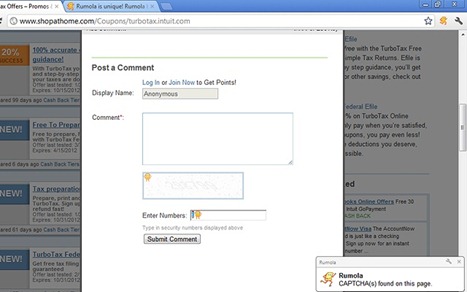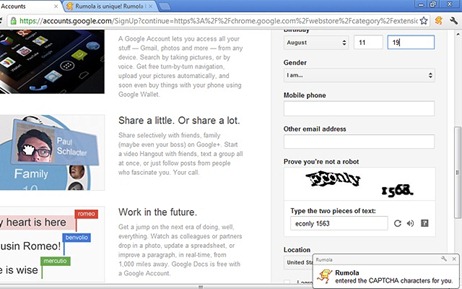What Do DLL Files Do?
A DLL file is indicated by the extension DLL
in its name. Microsoft gives several definitions of a DLL but the one that
I think has the least jargon is this:
"A Dynamic Link Library (DLL) is a file of code containing functions
that can be called from other executable code (either an application
or another DLL). Programmers use DLLs to provide code that they can
reuse and to parcel out distinct jobs. Unlike an executable (EXE) file,
a DLL cannot be directly run. DLLs must be called from other code that is
already executing."
Another way of putting it is that DLL files are like modules that
can be plugged into different programs whenever a program needs the
particular features that come with the DLL. The original concept behind
DLL files was to simplify things. It was recognized that there were many
functions common to a lot of software. For example, most programs need
to create the graphical interface that appears on the screen. Instead
of having to contain the
code to create the interface themselves, programs call on a DLL for that
function. The idea is to have a central library where everyone can obtain
the commonly used functions, as they are needed. This cuts down on code,
speeds things up, is more efficient, etc. They are called dynamic links
because they are put to use only when a program calls on them and they
are run in the program’s
own memory space. More than one program can use the functions of a particular
DLL at the same time.
Parenthetically, I have to say that the software developers (not
least of all, Microsoft) have strayed from the path of keeping things
simple. A computer today may contain a thousand or more different DLL
files. Also, Microsoft seems to tinker endlessly with DLL files, giving
rise to many different versions of a file with the same name, not all
compatible. Microsoft maintains a
database with
information about various DLLs to help with version conflicts.
There are several very important DLLs that contain a large number of
the basic Windows functions. Since they figure so importantly in the workings
of Windows, it is worth noting their names.
Examples of Important DLL files
- COMDLG32.DLL
- Controls the dialog boxes
- GDI32.DLL
- Contains numerous functions for drawing graphics, displaying text, and managing fonts
- KERNEL32.DLL
- Contains hundreds of functions for the management of memory and
various processes
- USER32.DLL
- Contains numerous user interface functions. Involved in the creation of program windows and their interactions with each other
It is the common use of these types of DLLs by most programs that ensures
that all applications written for Windows will have a standard appearance
and behavior. This standardization was a big factor in the rise of Windows
to dominance of the desktop computer. Anyone who was working with computers
in the days of DOS will remember that every program had its own interface
and menus.
Error Messages involving DLLs
PC users often see DLLs (especially the ones mentioned above) mentioned
in error messages. One might conclude, therefore, that something is
always going wrong with DLLs. Very often, however, it is not
the DLL itself that is at fault. DLL files figure prominently in the
error messages when something in the system goes awry because they are
involved in the most basic processes of Windows. They are in effect
the messenger of trouble, not the actual trouble. It is beyond our
scope to discuss any details of error messages but there are substantial
references on interpreting them.
One is at
James
Eshelman's site.
Using Regsvr32.exe to Register DLLs
First, let it be clear that the important system file
regsvr.exe should
not be confused with the file
regsrv.exe that
is used by certain worms and Trojans.
In order for a DLL to be used, it has to be registered by having appropriate
references entered in the Registry. It sometimes happens that a Registry
reference gets corrupted and the functions of the DLL cannot be used anymore.
The DLL can be re-registered by opening
Start-Run and
entering the command
regsvr32 somefile.dll
This command assumes that
somefile.dll is in a directory or folder
that is in the
path. Otherwise, the full path
for the DLL must be used. A DLL file can also be unregistered by using the
switch "/u" as
shown below.
regsvr32 /u somefile.dll
This can be used to toggle a service on and off.




















